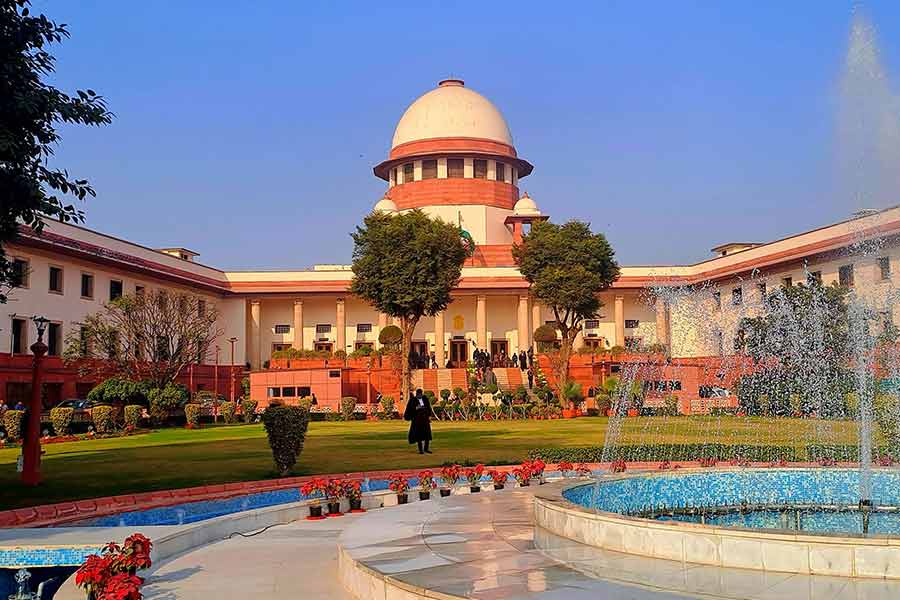The budget proposal to ease the the eligibility of non-banking finance companies (NBFCs) to recover loans from truant borrowers will improve the asset quality of the beleagered sector — the proposal being a saving grace to the sector, disappointed with finance Nirmala Sitharaman not announcing big-bang measures such as a refinance window or an on-tap issuance of bonds
Sitharaman in her budget speech said the limit for NBFCs to be eligible for debt recovery under the Securitisation and Reconstruction of Financial Assets and Enforcement of Security Interest (Sarfaesi) Act 2002 will be reduced to an asset size of Rs 100 crore from Rs 500 crore or a loan size from Rs 1 crore to Rs 50 lakh.
Experts feel the move will benefit smaller NBFCs who can now approach the debt recovery tribunal even as the asset quality of the sector could also see an improvement.
According to a note from rating agency Crisil, the reduction for applicability under Sarfaesi Act is a positive action and will bring an additional 12-15 per cent of NBFCs’ loan against property, which stands at around Rs 1 lakh crore as of March 2019, under the Sarfaesi act.
The Reserve Bank of India’s report on banking trends for 2018-19 showed the gross non-performing assets ratio of banks has increased to 6.1 per cent of assets from 5.3 per cent in the previous year.
The net non-performing assets ratio inched up marginally, reflecting sufficient provisioning, to 3.4 per cent from 3.3 per cent. The central bank further pointed out that there was no respite in 2019-20 (up to September), with the gross NPA ratio showing a further rise.
“Apart from the refinance window made available by the RBI to banks for
financing NBFCs, this will further empower them to go for hard recovery measures and reduce the stress in their balance sheets,” Ashwini Mehra, senior advisor, Duff & Phelps, said while commenting on the measures proposed by the finance minister.
Sitharaman in her budget proposals also announced that the government will offer support to bonds floated by NBFCs, an extension of the partial credit guarantee (PCG) scheme for PSU banks announced in December. The scheme covers pooled bonds of troubled NBFCs of up to Rs 1 lakh crore, with the amount of overall guarantee being limited to a first loss of up to 10 per cent of fair value of assets being purchased by the banks.
“To further this (PCG scheme) support of providing liquidity, a mechanism would be devised. The government will offer support by guaranteeing securities so floated,” Sitharaman said in her speech.











